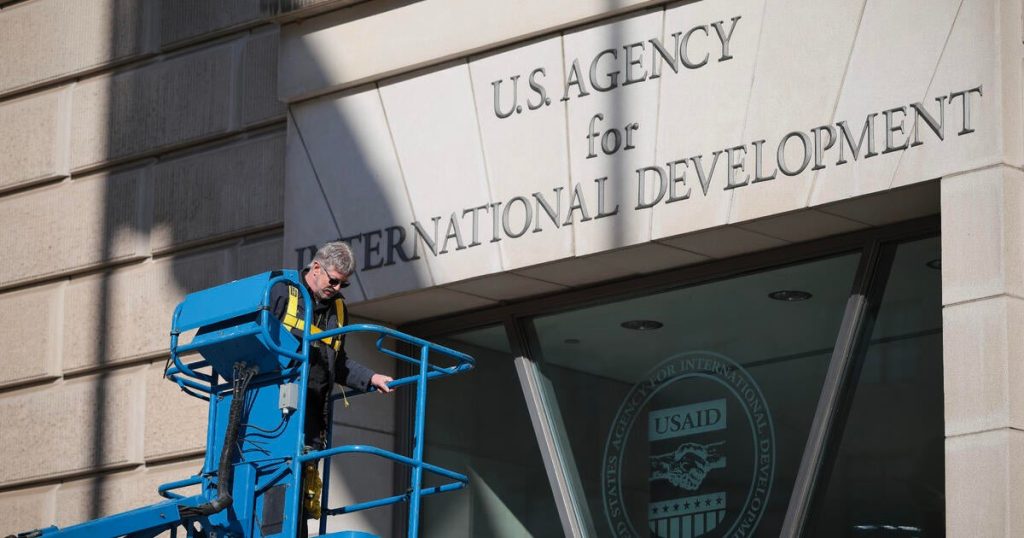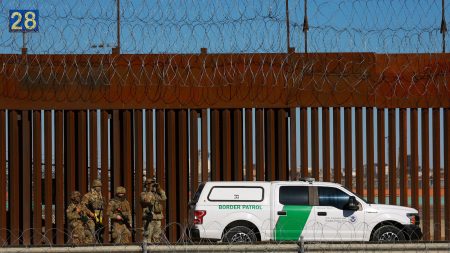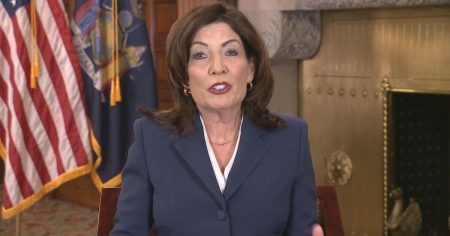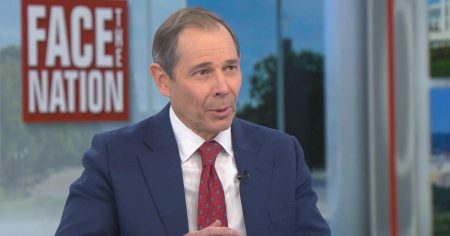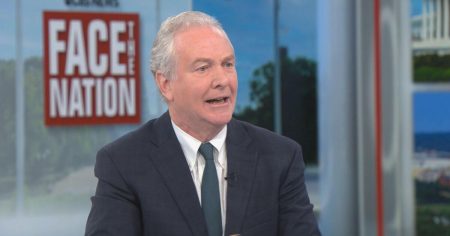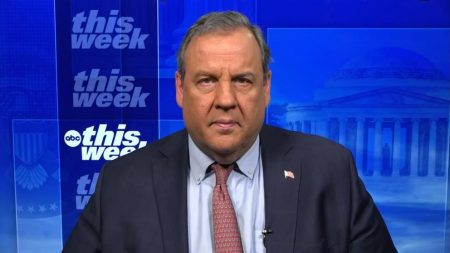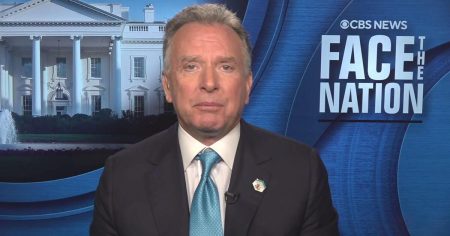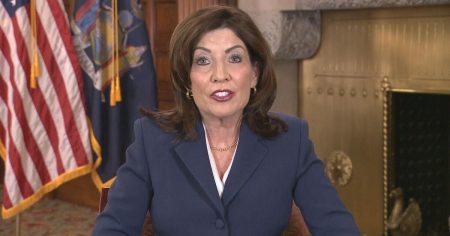USAID Implements Administrative Leave for Non-Essential Staff Amid Budget Uncertainty
Introduction: Understanding the Situation at USAID
The U.S. Agency for International Development (USAID) has announced that all non-essential direct hires will be placed on administrative leave starting at 11:59 p.m. ET on Sunday. This decision, communicated via an email from the Office of the Administrator and reviewed by CBS News, affects an estimated 4,200 staffers. Employees impacted by this measure will be notified by 5 p.m. on Sunday. Additionally, USAID is resuming "voluntary Agency-funded return travel" for employees stationed overseas, offering some support to those affected by the recent changes.
USAID is a significant employer, with a workforce of over 10,000 people, including approximately 4,800 direct hires spread across domestic and foreign posts. The agency plays a critical role in administering U.S. foreign aid and development programs. However, recent developments have cast uncertainty over its operations, as the Trump administration seeks to reduce the size of the federal government, with USAID being a primary target.
Workforce Reductions and Legal Battles: A Turbulent Month for USAID Employees
The past month has been particularly tumultuous for USAID employees. Earlier in the month, the agency attempted to place the majority of its direct hires on administrative leave, designating only 611 workers as essential. However, this move faced legal challenges when two unions representing USAID employees filed a lawsuit. In response, U.S. District Judge Carl Nichols, appointed by President Trump, temporarily blocked the administration’s plan, ordering the reinstatement of approximately 2,100 employees who had been placed on leave. Nichols’ ruling also prevented the administration from placing another 2,000 employees on leave.
Despite this initial legal setback, Judge Nichols chose not to extend the temporary stay on Friday, allowing the Trump administration to proceed with placing non-essential employees on leave. In a 26-page decision, Nichols argued that the unions had not demonstrated sufficient evidence of "irreparable harm" to warrant emergency relief. He emphasized that employees on leave still retained the ability to file complaints through the standard government processes.
While the lifting of the stay enables the Trump administration to implement its workforce reduction plans, a separate lawsuit filed by nonprofit organizations and contractors has temporarily blocked the administration from halting foreign aid, grants, and contracts that were previously appropriated by Congress. This legal battleground underscores the broader debate over the role of USAID in U.S. foreign policy and development efforts.
Establishing a Coordination Support Team to Address log challenges
In an effort to mitigate the impact of these changes, USAID has established a "Coordination Support Team" to address the logistical and operational challenges faced by its employees and programs. According to an email obtained by CBS News, this team will consist of several working groups co-led by USAID Acting Chief of Staff Joel Borkert and Marcus Thornton, a member of the Secretary of State’s policy planning staff.
The working groups are tasked with three key objectives: facilitating safe returns for USAID personnel and their families from overseas postings, maintaining operations for life-saving humanitarian assistance and other programs that have received waivers, and addressing logistical challenges. This initiative aims to reduce uncertainty for employees and ensure continuity in critical programs.
Historical Context: USAID’s Role and the Trump Administration’s Reform Efforts
USAID, established in 1961, is one of the earliest agencies targeted by the Trump administration in its efforts to reduce the size of the federal government. The agency has long been a cornerstone of U.S. foreign aid and development efforts, playing a vital role in delivering humanitarian assistance and supporting global development initiatives.
However, the Trump administration has sought to merge USAID into the State Department and drastically reduce its staff and budget, according to three U.S. officials. This plan has sparked significant controversy, with critics arguing that it would undermine the effectiveness of U.S. foreign aid and development programs. Additionally, the White House has faced scrutiny over the involvement of Elon Musk, classified as a special government employee, in its efforts to streamline government operations. Despite claims that Musk has "no actual or formal authority to make government decisions," his role in these reforms remains a subject of interest and concern.
Looking Ahead: The Future of USAID and Its Workforce
The decision to place non-essential USAID employees on administrative leave and the ongoing legal battles over foreign aid appropriations have raised important questions about the future of the agency. As the Trump administration presses ahead with its plans to reduce the federal workforce, USAID employees and stakeholders are left navigating a period of significant uncertainty.
While the establishment of the Coordination Support Team offers some measure of support for affected employees, the broader implications of these changes remain unclear. The outcome of ongoing legal proceedings and the eventual fate of USAID’s merger with the State Department will likely shape the agency’s trajectory in the coming months and years.
Conclusion: Balancing Reform and Humanitarian Mission
The recent developments at USAID highlight the challenges of balancing administrative reforms with the agency’s critical humanitarian mission. While the Trump administration’s efforts to reduce the size of the federal government may be driven by fiscal and bureaucratic considerations, the potential impact on USAID’s ability to deliver aid and support global development initiatives cannot be overlooked.
As the agency moves forward, the focus will need to be on ensuring that any reforms do not compromise its core mission or the well-being of its employees. The establishment of the Coordination Support Team and the ongoing legal battles over foreign aid appropriations are just the beginning of what promises to be a complex and contentious process. Ultimately, the outcome will determine not only the future of USAID but also the role of the United States in global development and humanitarian efforts.





